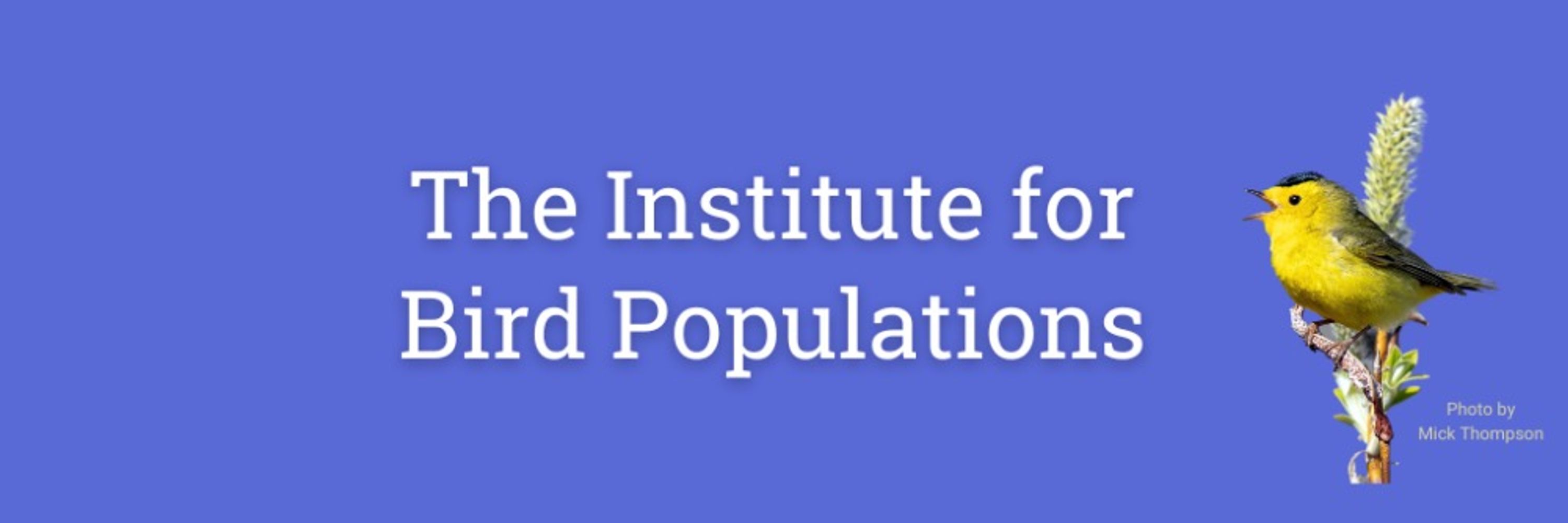The Institute for Bird Populations
@instbirdpop.bsky.social
4.9K followers
670 following
1.1K posts
Since 1989, The Institute for Bird Populations has enabled science-based conservation of species and habitats by studying the abundance, demography, and ecology of birds and other wildlife.
Posts
Media
Videos
Starter Packs
Reposted by The Institute for Bird Populations
Reposted by The Institute for Bird Populations
Reposted by The Institute for Bird Populations










![Graphic with a photo of a Henslow's Sparrow singing by Kenneth Cole Schneider and a cartoon showing a table of judges holding up signs showing low scores. Text on the graphic says: "Unsolicited Bird Fact: Henslow's Sparrow may be North America's most disparaged singer. Early ornithologists, & even some current ones have described their short, insect-like song like this:
3
2
"a feeble hiccup," "one of the poorest of vocal efforts of any
bird," and "Il can't hear a Henslow's Sparrow sing] without a feeling of pity for a creature so constituted that he can be satisfied with such a performance."
But Herkert et al, 2020 note that sonograms of the song reveal that it is quite complex but very fast- there's a lot packed into a very short song. Maybe our ears/brain are just too slow to appreciate the artistry."](https://cdn.bsky.app/img/feed_thumbnail/plain/did:plc:vfvwo2nueil4b7bnqdgxeo4o/bafkreigbww72u2ceupmjkbf6qwbgngi5rigu5shq3g2mcay7uhm4a2jyo4@jpeg)


